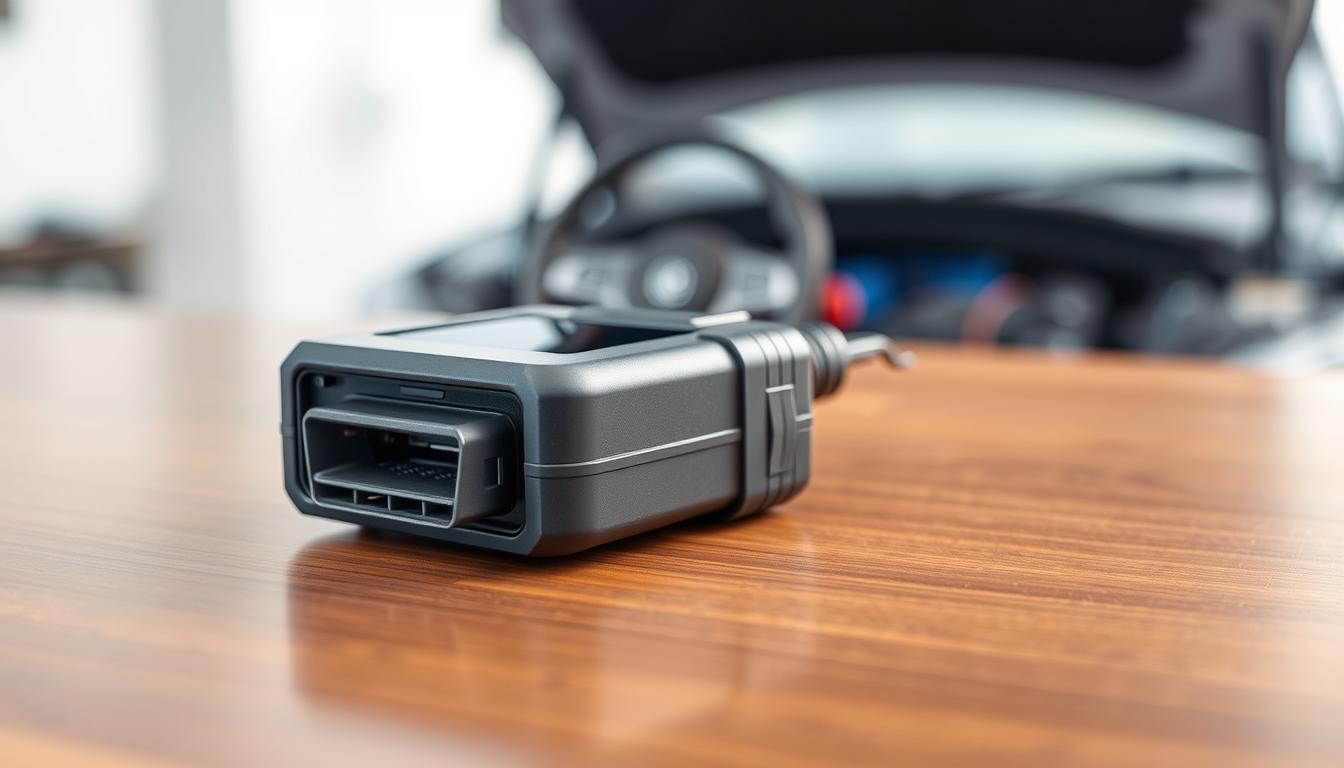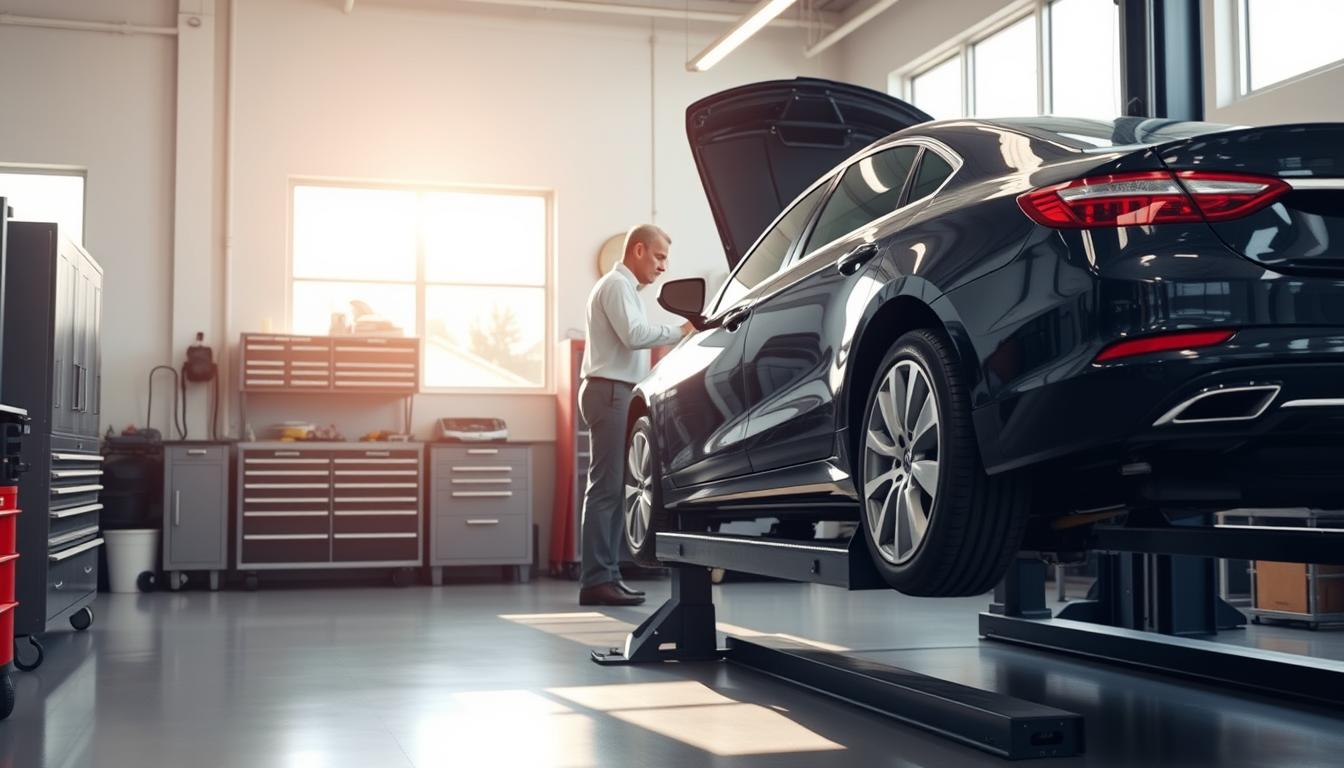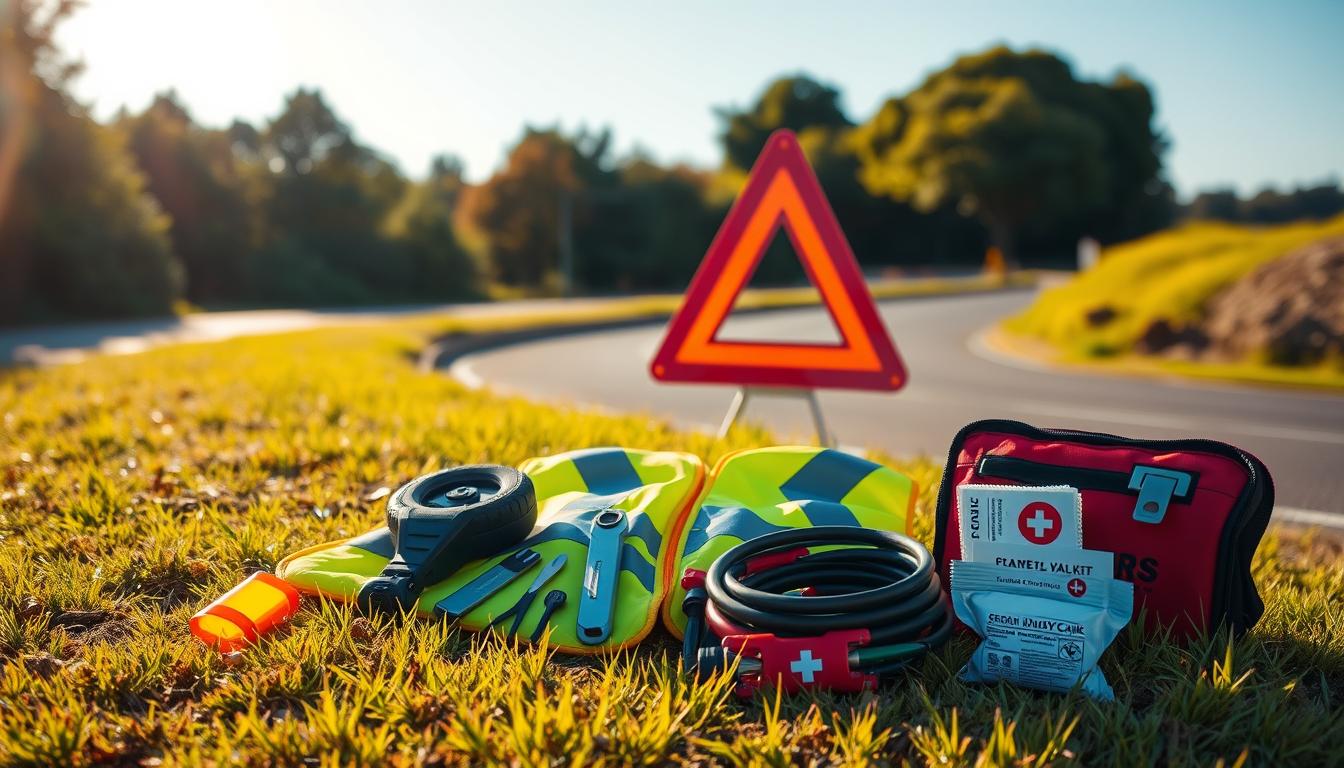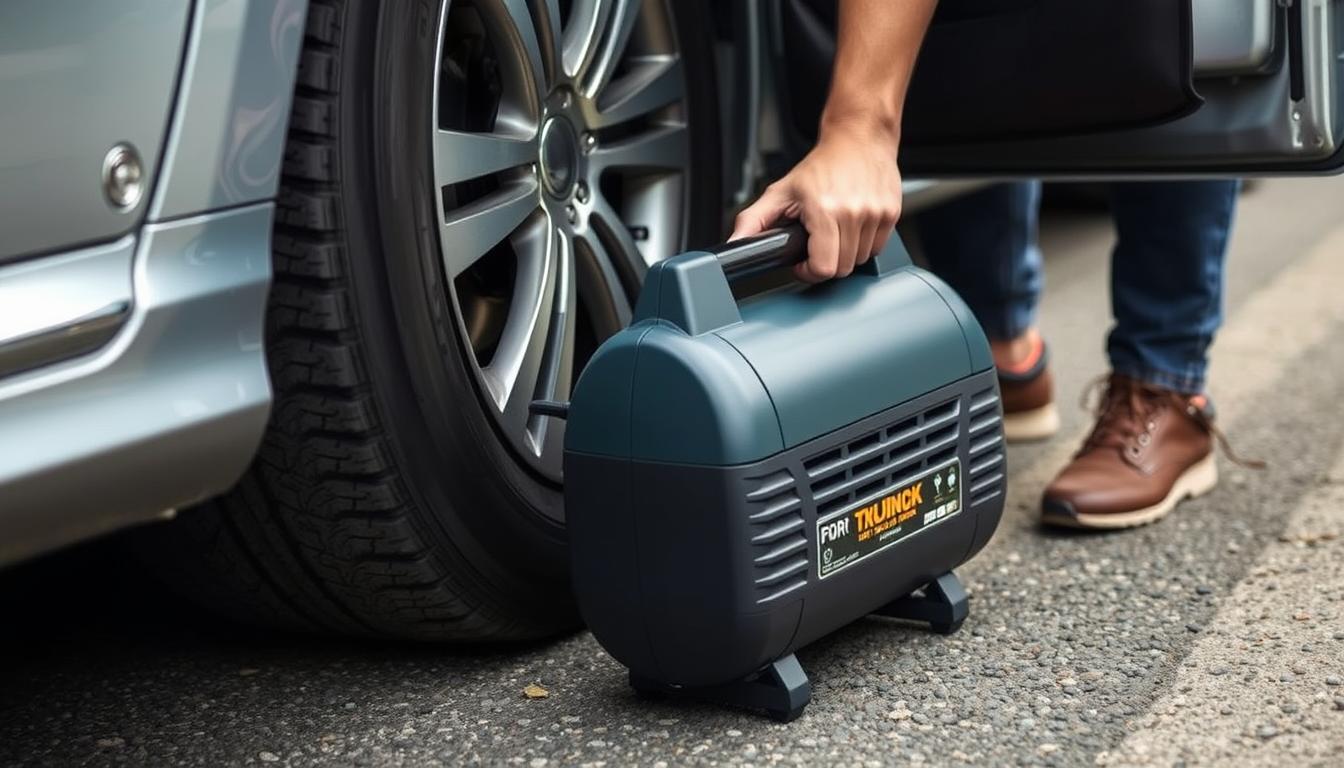
Finding the right portable air compressor can transform your DIY projects, emergency preparedness, and everyday tasks. These versatile tools have evolved from bulky workshop equipment to compact, powerful devices that fit in your car trunk or garage corner. Whether you need to inflate tires, power nail guns, or run small air tools, today’s portable air compressors offer impressive capabilities in smaller packages than ever before.
In this comprehensive guide, we’ll explore the best portable air compressors on the market, break down the essential features to consider, and help you find the perfect balance of power, portability, and performance for your specific needs.
Why Choose a Portable Air Compressor?
Portable air compressors offer remarkable versatility compared to their stationary counterparts. Their compact design makes them easy to transport and store, while still delivering enough power for most common tasks.
Convenience Benefits
- Lightweight and easy to carry between locations
- Requires minimal storage space when not in use
- Can be powered by various sources (electric, battery, gas)
- Quick setup and operation without complex installation
- Ideal for both indoor and outdoor applications
Common Applications
- Inflating tires, sports equipment, and inflatables
- Powering pneumatic tools like nail guns and staplers
- Cleaning dust and debris from equipment and workspaces
- Emergency roadside assistance for flat tires
- Camping and outdoor activities requiring air supply
Need a Reliable Portable Compressor?
Don’t get caught with a flat tire or underpowered tools. Portable air compressors provide peace of mind wherever your projects take you.
Top Features to Look For in Portable Air Compressors

Understanding the key specifications and features will help you select a portable air compressor that meets your specific needs without overpaying for unnecessary capabilities.
Understanding PSI and CFM
PSI (Pounds per Square Inch) measures pressure output. Most portable compressors range from 90-150 PSI, with higher numbers indicating greater pressure capability.
CFM (Cubic Feet per Minute) measures airflow volume. This determines which tools your compressor can power effectively. Higher CFM ratings allow for more demanding applications.
Tank vs. Tankless Designs
Tank Compressors
- Store compressed air for consistent pressure
- Better for continuous or high-demand tasks
- Available in various tank sizes (1-30 gallons)
- Heavier but more versatile for tool operation
Tankless Compressors
- Ultra-portable and lightweight design
- Ideal for simple inflation tasks
- Immediate operation without fill time
- Limited for powering air tools
Power Source Options
| Power Type | Advantages | Limitations | Best For |
| Corded Electric | Reliable power, lower maintenance | Requires outlet access | Home workshops, garages |
| Battery-Powered | Ultimate portability, no cords | Limited runtime, less power | Quick tasks, remote locations |
| Gas-Powered | Highest power output, no electricity needed | Noisy, emissions, maintenance | Construction sites, outdoor projects |
| 12V DC (Car) | Runs off vehicle power, great for emergencies | Lower power output | Roadside emergencies, tire inflation |
Additional Considerations
- Noise Level: Measured in decibels (dB), with lower numbers indicating quieter operation. Oil-free models typically range from 60-80dB.
- Weight and Size: Consider where you’ll use and store the compressor. Mini models can weigh under 20 pounds, while larger portable units may reach 80+ pounds.
- Oil-Free vs. Oil-Lubricated: Oil-free models require less maintenance but may have shorter lifespans. Oil-lubricated units last longer but need regular oil changes.
- Duty Cycle: Indicates how long the compressor can run before needing to cool down. Higher percentages mean longer continuous operation.
Best Small & Mini Air Compressors Reviewed
After testing dozens of models and analyzing hundreds of user reviews, we’ve identified the top portable air compressors across different categories. Each recommendation balances performance, portability, and value.

Best Overall: DeWalt DWFP55126 Pancake Compressor
Pros
- Excellent 6.0 gallon capacity in compact form
- High-efficiency motor starts easily in cold weather
- Relatively quiet at 75.5 dB
- 165 max PSI for longer tool runtime
- Oil-free pump for minimal maintenance
Cons
- Heavier than some competitors at 30 lbs
- No built-in cord wrap
- Premium price point
The DeWalt DWFP55126 consistently outperforms competitors with its balance of power and portability. The 6-gallon tank provides ample air storage while maintaining a reasonable 30-pound weight. With 2.6 SCFM at 90 PSI, it easily powers most pneumatic tools for home and light professional use.
Perfect for: DIY enthusiasts and professionals who need reliable performance for nailers, staplers, and moderate air tool use. The noise-reducing design makes it suitable for indoor work.

Best for Quiet Operation: California Air Tools CAT-1P1060S
Pros
- Ultra-quiet operation at just 56 dB
- Lightweight at only 29 pounds
- Oil-free pump for zero maintenance
- 1.0 gallon tank fills quickly
- 1.60 CFM at 90 PSI adequate for light tasks
Cons
- Limited tank capacity for continuous tool use
- Not powerful enough for larger air tools
- Higher price point for its size
California Air Tools has revolutionized the portable compressor market with their ultra-quiet models. The CAT-1P1060S operates at just 56 decibels, making it perfect for indoor use or noise-sensitive environments. Despite its compact size, it delivers reliable performance for light-duty tasks.
Perfect for: Indoor workshops, apartments, and anywhere noise is a concern. Ideal for crafts, inflation tasks, and light-duty nail guns where continuous operation isn’t required.
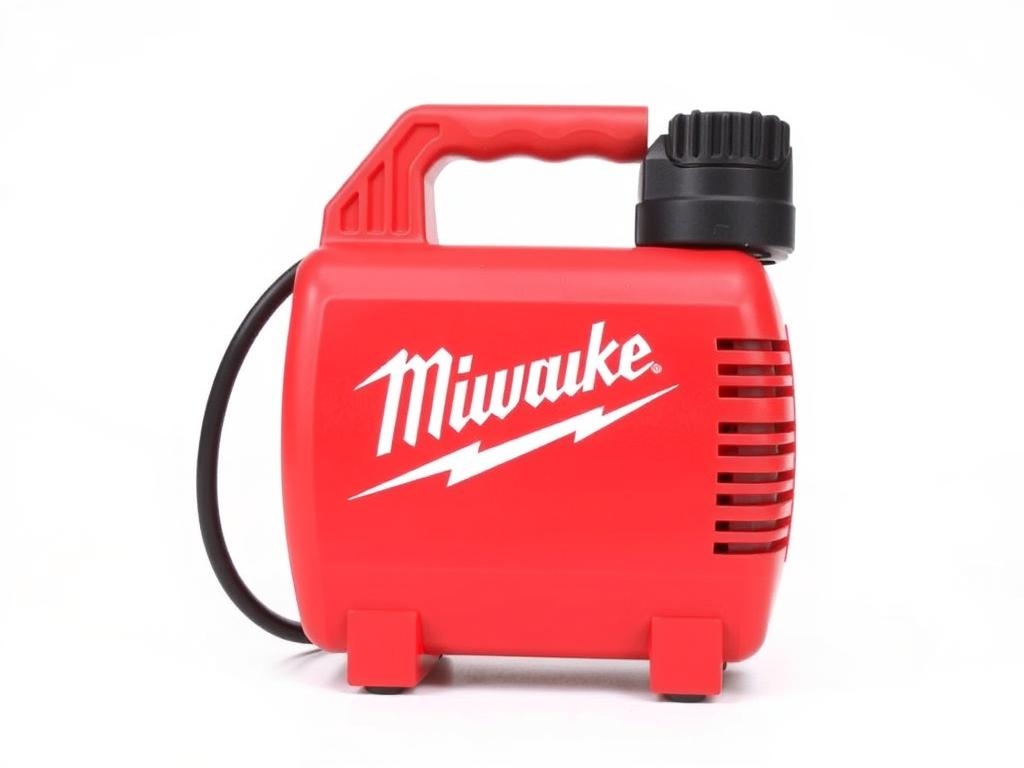
Best for Portability: Milwaukee M12 Compact Inflator
Pros
- Extremely compact and lightweight (under 5 lbs)
- Battery-powered for true portability
- Digital gauge with auto-shutoff at preset pressure
- Multiple power options (12V DC or M12 battery)
- Reaches up to 120 PSI
Cons
- No air tank for continuous operation
- Not suitable for air tools
- Battery and charger often sold separately
The Milwaukee M12 Compact Inflator represents the ultimate in portability. This tankless inflator weighs just under 5 pounds and can run on either M12 batteries or a 12V car adapter. While it can’t power air tools, it excels at inflation tasks with its digital pressure gauge and auto-shutoff feature.
Perfect for: Roadside emergencies, sports equipment inflation, and keeping in your vehicle. The dual power options make it versatile for both garage and on-the-go use.
Find Your Perfect Portable Air Compressor
Compare all top-rated models with the latest prices and availability.
Compact vs Full-Size Compressors – Which is Right for You?

Choosing between compact and full-size portable compressors depends on your specific needs, space constraints, and the types of tasks you’ll be performing. Let’s break down the key differences to help you decide.
| Feature | Compact/Mini Compressors | Full-Size Portable Compressors |
| Weight | 3-20 pounds | 30-80+ pounds |
| Tank Size | 0-2 gallons | 4-30 gallons |
| CFM Rating | 0.5-1.5 CFM | 2.0-5.0+ CFM |
| Typical Use | Inflation, brad nailers, stapling | Framing nailers, impact wrenches, spray painting |
| Run Time | Short, intermittent | Extended, more continuous |
| Price Range | $40-$200 | $150-$500+ |
When to Choose a Compact Model
- You primarily need it for inflation tasks (tires, sports equipment)
- Storage space is extremely limited
- You need to transport it frequently
- You only use light-duty pneumatic tools occasionally
- Noise concerns are a priority
When to Choose a Full-Size Portable Model
- You regularly use air-hungry tools like framing nailers
- Multiple tools may be used simultaneously
- You need longer run times without waiting for the tank to refill
- You have adequate storage space and means to transport it
- Your projects require consistent air pressure over time
“The best portable air compressor isn’t necessarily the most powerful one—it’s the one that matches your specific needs while remaining convenient to use and store.”
Safety & Maintenance Tips for Portable Air Compressors
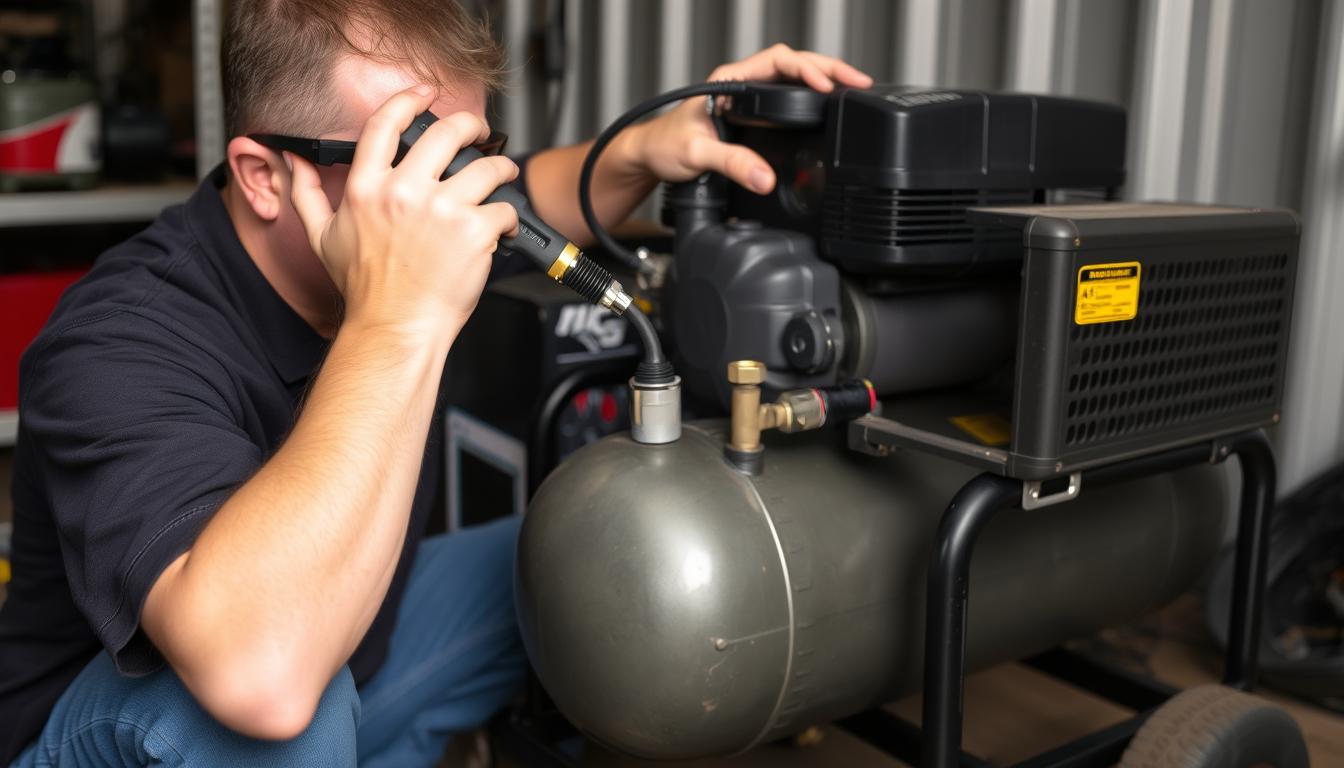
Proper maintenance and safety practices not only extend the life of your portable air compressor but also ensure safe operation. Follow these essential tips to keep your compressor running efficiently.
Essential Safety Practices
Always read the manufacturer’s manual before operating your specific model. The guidelines below are general and should supplement, not replace, the manufacturer’s instructions.
- Wear eye protection when operating any air compressor or pneumatic tools
- Never exceed the maximum PSI rating for your compressor or attached tools
- Keep the compressor on level ground during operation to prevent tipping
- Maintain proper ventilation around the unit to prevent overheating
- Inspect hoses and connections regularly for wear, cracks, or leaks
- Never use damaged accessories or attempt to repair pressurized components
Regular Maintenance Checklist
Storage Tips
- Store in a clean, dry location away from extreme temperatures
- Drain all moisture from the tank before storage
- Cover the unit if storing in a dusty environment
- For battery-powered models, remove batteries during extended storage
- Coil air hoses properly to prevent kinks and damage
Extend Your Compressor’s Life
Proper maintenance keeps your investment running efficiently for years. Don’t forget essential accessories like moisture traps and quality air hoses.
Frequently Asked Questions About Portable Air Compressors
What size portable air compressor do I need for home use?
For typical home use, a 2-6 gallon portable air compressor with 2-3 CFM at 90 PSI is sufficient for most tasks. This size handles inflation, brad nailers, and light-duty pneumatic tools. If you’ll be using framing nailers or impact wrenches regularly, consider a larger 8+ gallon unit with 4+ CFM capacity.
Are mini air compressors reliable for car tires?
Yes, quality mini air compressors are reliable for car tires, but with some limitations. Look for models that can reach at least 100 PSI and have a duty cycle of 15+ minutes. For occasional use, 12V DC models that plug into your car’s power outlet work well. For more frequent use, consider a more robust battery-powered inflator from brands like Milwaukee, Ryobi, or DeWalt.
How loud are portable air compressors?
Noise levels vary significantly between models. Standard portable compressors typically operate at 70-85 decibels, similar to a vacuum cleaner or busy traffic. “Quiet” or “silent” models like those from California Air Tools can operate at just 56-60 decibels, comparable to normal conversation. If noise is a concern, specifically look for models advertising quiet operation and check the decibel rating.
Can portable air compressors run continuously?
Most portable air compressors are not designed for continuous operation. They have a duty cycle rating (often 50-75%) that indicates how many minutes per hour they can run. For example, a 50% duty cycle means the compressor should run for 30 minutes, then rest for 30 minutes. Exceeding the duty cycle can cause overheating and premature failure. For continuous operation, look for models specifically rated for 100% duty cycle.
What’s the difference between oil-free and oil-lubricated portable compressors?
Oil-free compressors use self-lubricating components and require minimal maintenance, making them ideal for occasional users. They’re typically lighter and can be used in any position. However, they tend to be louder and have shorter lifespans. Oil-lubricated compressors run cooler, quieter, and last longer, but require regular oil changes and must remain level during operation. For DIY and light use, oil-free models are usually sufficient.
Finding Your Perfect Portable Air Compressor
The best portable air compressor balances power, portability, and performance for your specific needs. Whether you’re a DIY enthusiast, professional contractor, or just need reliable roadside assistance, today’s market offers compact, powerful options at every price point.
Remember to consider the primary tasks you’ll be performing, the tools you’ll be powering, and where you’ll be using and storing your compressor. By focusing on the features that matter most for your situation—whether that’s ultra-quiet operation, maximum portability, or high air output—you’ll find a portable air compressor that serves you well for years to come.
Ready to Choose Your Portable Air Compressor?
Compare the top models we’ve reviewed and find the perfect balance of power and portability for your needs.

